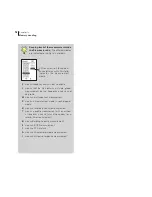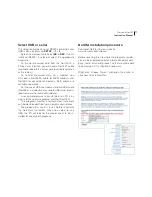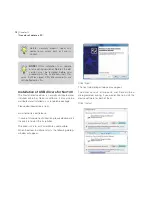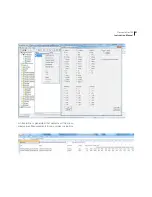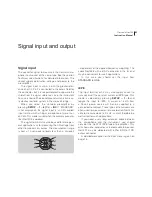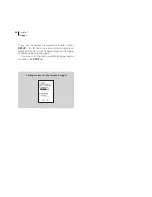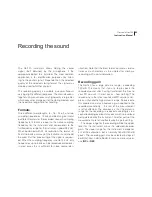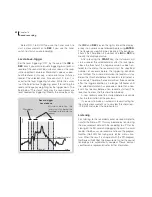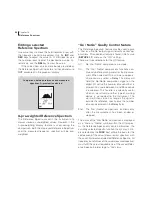
84
Chapter 16
Signal input and output
Jack-plug for signal out
Ground
Signal 2
Signal 1
Use a stereo plug!
Never use a mono plug for the signal output
jack as this will short-circuit one of the out-
puts. Although it will not destroy the instru-
ment, the power consumption will increase
Noise output
The signal is available on the general I/O socket. See
the sections Noise generator and Technical specifica-
tions.
RPM
The instrument is equipped with an input for tacho-
meter signals marked RPM, on the right hand side of
the instrument. The RPM functions are turned on and
off via the
SETUP 9
selection.
Signal output
The sound level meter Nor140 is equipped with a sig-
nal out terminal. The signal is a replica of the micro-
phone- or input signal. You may use the terminal for
listening to the measured signal, or you may use it for
other purposes.
The signal output gain is set via the selection of dis-
played full scale. Full scale on the display corresponds
to 100 mV on the signal out terminal. Although the se-
lection of full scale will not affect the measurement, it
will determine the sensitivity for the signal out. Use the
INC
and
DEC
keys to adjust the gain. The gain may be
varied over a range of 60 dB in 10 dB steps.
The signal out terminal can drive loads with imped-
ance down to less than 16 ohm, but we normally rec-
ommend a headset with 32 ohm impedance.
Even a short-circuit will not affect the measure-
ments, but should be avoided due to an excess power
consumption.
The signal output terminal is a 3,5 mm stereo-jack
compatible with most headphones. Both channels have
the same signal, but are driven from separate amplifi-
ers and should therefore not be connected together.
Summary of Contents for nor140
Page 4: ......
Page 16: ......
Page 17: ...nor140 SOUND ANALYSER ...
Page 18: ......
Page 212: ...194 ...
Page 218: ......

